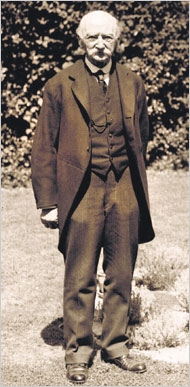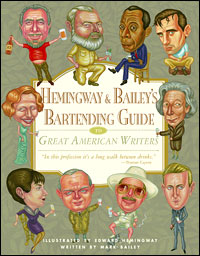Last weekend The New York Times featured a pair of stories about Victorian literature.
The first is a review of the “Victorian Bestsellers” exhibit at the Morgan Library & Museum.
Some of these best sellers are now barely known… Other best sellers remain literary landmarks. After Charles Dickens’s Posthumous Papers of the Pickwick Club began appearing in monthly installments in March 1836, its press run increased from 1,000 copies for the first part to 40,000 for the finale in October 1837. By 1879 the full novel had sold 800,000 copies and had transformed British publishing.
The exhibition is a bit constricted by taking Queen Victoria’s reign (1837-1901) as its domain, since, as it acknowledges, the prime example of a best-selling author was Sir Walter Scott, whose 1819 Ivanhoe (part of the author’s manuscript is on display here) sold 10,000 copies in two weeks.
But this show — suggestive and alluring, with its sampling of the Morgan’s riches — demonstrates that it was during the latter part of the 19th century that the appetite of a growing public was institutionalized, and that authors and publishers knowingly worked for large sales, perfecting new forms of packaging for print.
I love this piece because although I’ll never see the exhibit in question, it gives me some background on publishing history that I otherwise might have missed.
The other Times article reviews a new Biography of Thomas Hardy. The reviewer proclaims Claire Tomalin’s Thomas Hardy “excellent”.
 This new biography makes its subject a fascinating case study in mid-Victorian literary sociology. Hardy struggles — with an industriousness befitting the age — against editorial rejection, rapacious contract terms and enforced prudery. Leslie Stephen, known chiefly to the 21st century as Virginia Woolf’s father, edited his magazine, The Cornhill, under the watchful, prissy eyes of so many others that he sometimes made “few suggestions beyond bowdlerizations†when working on Hardy’s copy. Serialization often forced the author “to pack in far too much plot†and thereby throw novels like The Mayor of Casterbridge significantly off-kilter. Finally, there were reviewers to contend with; Hardy remained overly sensitive to all they had to say.
This new biography makes its subject a fascinating case study in mid-Victorian literary sociology. Hardy struggles — with an industriousness befitting the age — against editorial rejection, rapacious contract terms and enforced prudery. Leslie Stephen, known chiefly to the 21st century as Virginia Woolf’s father, edited his magazine, The Cornhill, under the watchful, prissy eyes of so many others that he sometimes made “few suggestions beyond bowdlerizations†when working on Hardy’s copy. Serialization often forced the author “to pack in far too much plot†and thereby throw novels like The Mayor of Casterbridge significantly off-kilter. Finally, there were reviewers to contend with; Hardy remained overly sensitive to all they had to say.
There are but a few authors about which I collect supplementary books — Proust, Austen, Dickens — but Thomas Hardy is one of them. I recently re-read
The Return of the Native and loved it. Hardy captures rural country life perfectly. And though he’s writing about mid-19th century England, I feel as if he’s actually writing about the rural Oregon countryside where I grew up. I am eager to read this biography.
[The New York Times: Best-seller big bang: When words started off to market and Thomas Hardy's English lessons, both links from Bibliophilic reader Paul]

 This new biography makes its subject a fascinating case study in mid-Victorian literary sociology. Hardy struggles — with an industriousness befitting the age — against editorial rejection, rapacious contract terms and enforced prudery. Leslie Stephen, known chiefly to the 21st century as Virginia Woolf’s father, edited his magazine, The Cornhill, under the watchful, prissy eyes of so many others that he sometimes made “few suggestions beyond bowdlerizations†when working on Hardy’s copy. Serialization often forced the author “to pack in far too much plot†and thereby throw novels like
This new biography makes its subject a fascinating case study in mid-Victorian literary sociology. Hardy struggles — with an industriousness befitting the age — against editorial rejection, rapacious contract terms and enforced prudery. Leslie Stephen, known chiefly to the 21st century as Virginia Woolf’s father, edited his magazine, The Cornhill, under the watchful, prissy eyes of so many others that he sometimes made “few suggestions beyond bowdlerizations†when working on Hardy’s copy. Serialization often forced the author “to pack in far too much plot†and thereby throw novels like